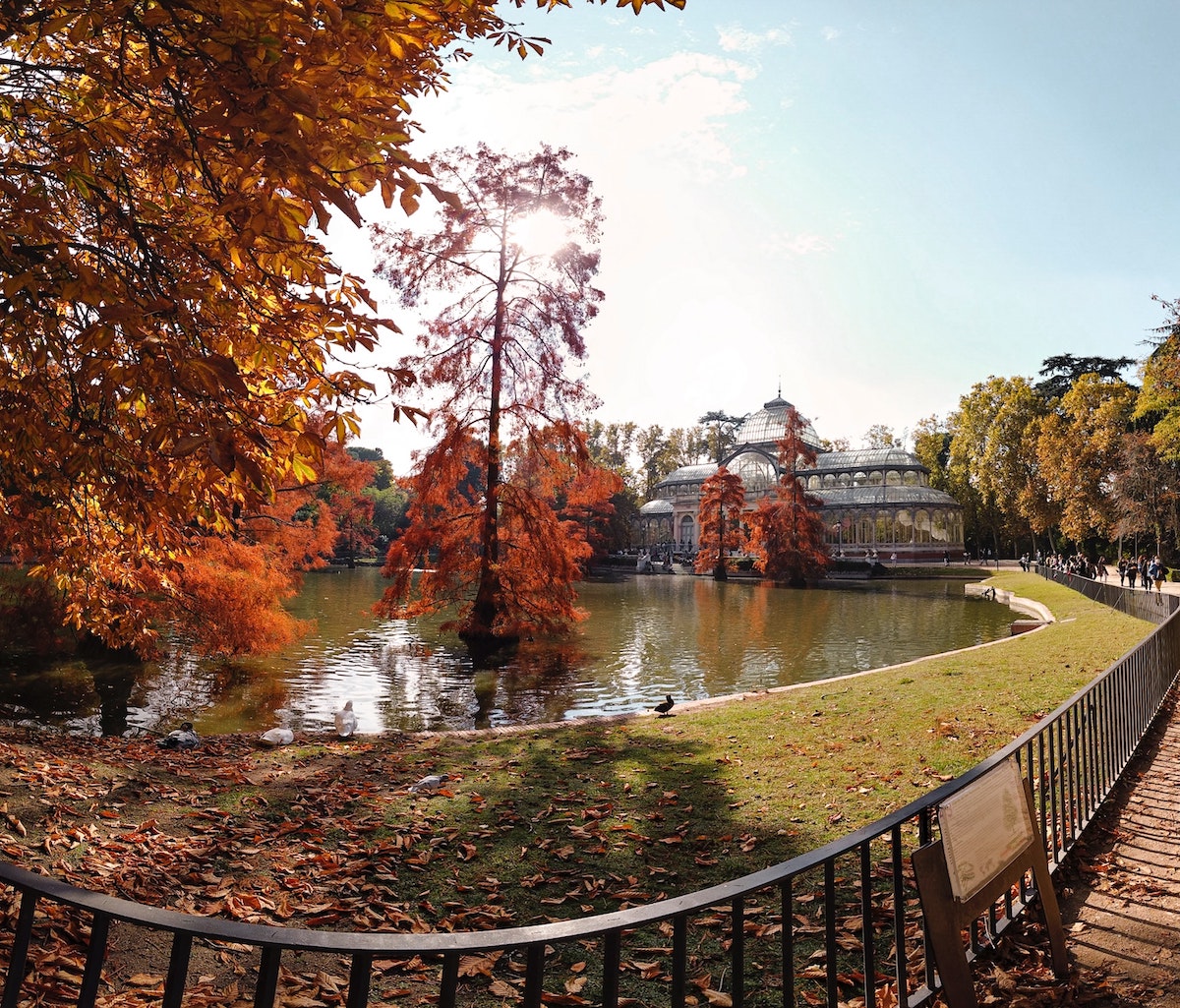Table of Contents
The city of Madrid is one of the most popular destinations in Spain for tourists worldwide. Millions of people decide to vacation in this beautiful city full of life every year.
This city also receives many exchange students and international students who come to do a master’s degree or even take spanish lessons Madrid, as it is a city with great cultural diversity.
This is not only because it is the capital of Spain and because it is the largest city in the country, or because it offers a huge cultural agenda and incredible nightlife, but also because of its pleasant climate.
Madrid is located about 2,000 feet above sea level and has a slightly continental climate, with moderately cold and relatively rainy winters and very hot, dry, and sunny summers. Rainfall is not very abundant, especially in the summer months. The rains are only usually quite frequent throughout the months of October to April. It rarely rains in the summer, although some isolated storms can break out.
In this article, we will take a more detailed look at the climate of Madrid to tell you everything you need to know about this city’s weather.
Spring in Madrid (March, April, May)
This is one of the seasons where you can enjoy the most pleasant and warm weather and avoid large crowds; therefore, it is one of the favorite times for tourists to travel. During this period of the year, there is also a greater flow of international students who decide to learn Spanish in Madrid while traveling through it to soak up the Hispanic culture.
During spring, the weather is impeccable, with an average temperature in April of 12ºC, but as May progresses, the climate becomes almost summery, with an average of 21ºC in June.
The city is transformed as its gardens and parks are in full swing, offering an explosion of colors due to the flowering of plants, and an incredible blanket of different greens is displayed in the streets by the very leafy urban trees.
Although the first months usually bring abundant rain, as summer approaches, they decrease.
Summer in Madrid (June, July, August)
As mentioned above, summers are dry and can get very hot and sunny. The average temperature is 25ºC in July and August.
Maximum temperatures easily reach 35/36ºC and even 40ºC. The days are longer, and the city’s activity is postponed to the end of the afternoon when the temperature drops and is more pleasant, generally between 15 and 20ºC. Due to the time zone, the sun sets late, at 9:45 p.m. in mid-July.
Therefore, during the summer, the nightlife is in full swing since the nights are warm and ideal for enjoying an event in the streets or eating on a terrace.
From August 6 to 15, the most popular festivals in Madrid usually take place, such as La Paloma. These are open-air celebrations attended by locals and tourists. It is a lot of fun! People dance, drink, and eat at these festivals on the streets.
Of course, during the summer tourism is still in full swing and the city is full of people. This also generates a significant rise in prices and difficulties finding accommodation if it is not reserved in advance.
Autumn in Madrid (September, October, November)
During the fall, the weather is mild as in the spring, only instead of being all in bloom, the trees offer a spectacular landscape full of trees with shades of red, orange, and yellow. For this reason, it is ideal for visiting the city parks and walking through each one of them.
In the fall, the average temperature is 15ºC in October, decreasing as winter reaches an average temperature of 7ºC in December. Precipitation also increases, being the rainy season.
At this time of the year, an atmospheric episode is popularly known as “Veranillo de San Miguel” usually occurs, bringing typical summer temperatures and sunny days.
Autumn is one of the best seasons to avoid tourist traffic, which causes prices to drop drastically.
Winter (December, January, February)
In Madrid winters are cold and dry. It does not usually snow, although it can happen during January, which is the coldest. The average temperature during January is 6ºC, which creates the perfect excuse to sit down in one of the many chocolate shops in the city to enjoy some delicious churros with good hot chocolate.
The maximum temperatures are usually 13/15ºC, but the minimum temperatures can reach close to zero. There can even be some cold and windy days where the maximum temperatures can be less than five °C, but it is not usual.
Apart from the cold, the days are usually straightforward, therefore at noon, you can enjoy slightly warmer temperatures due to the pleasant sun. The rains are quite frequent but not abundant.
Those who visit Madrid in the winter will be able to enjoy a city fully equipped with colored lights and festive holiday cheer to celebrate Christmas and the Parade of the Three Wise Men.
Best time to visit Madrid
The best periods to visit the capital of Spain are usually the month of May, and from mid-September to mid-October, that is, during the warmer seasons, covering autumn and spring.
September is a good option, but at the beginning, it can still be quite hot, while towards the end of the month, the weather becomes cooler, although the rains start.
In October, the weather is mild, but the days are shorter. In addition, the rains are abundant. Then at night, it feels colder.
If you really enjoy the heat, you can choose to go during the months of July and August, but you must be prepared to tour the city in high temperatures.


